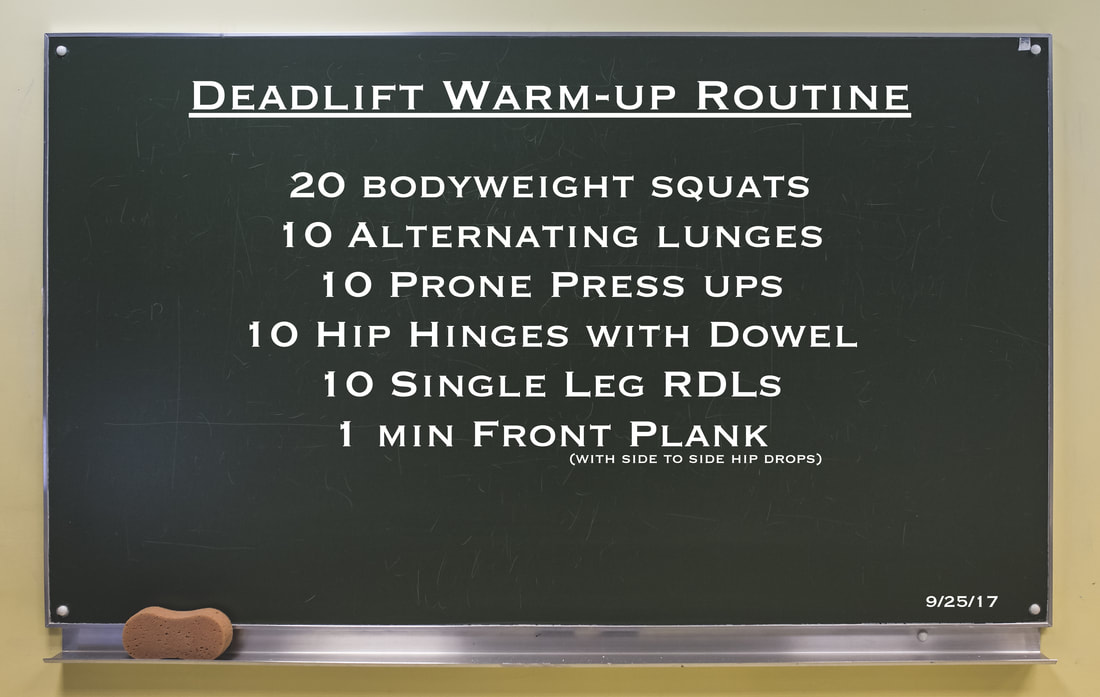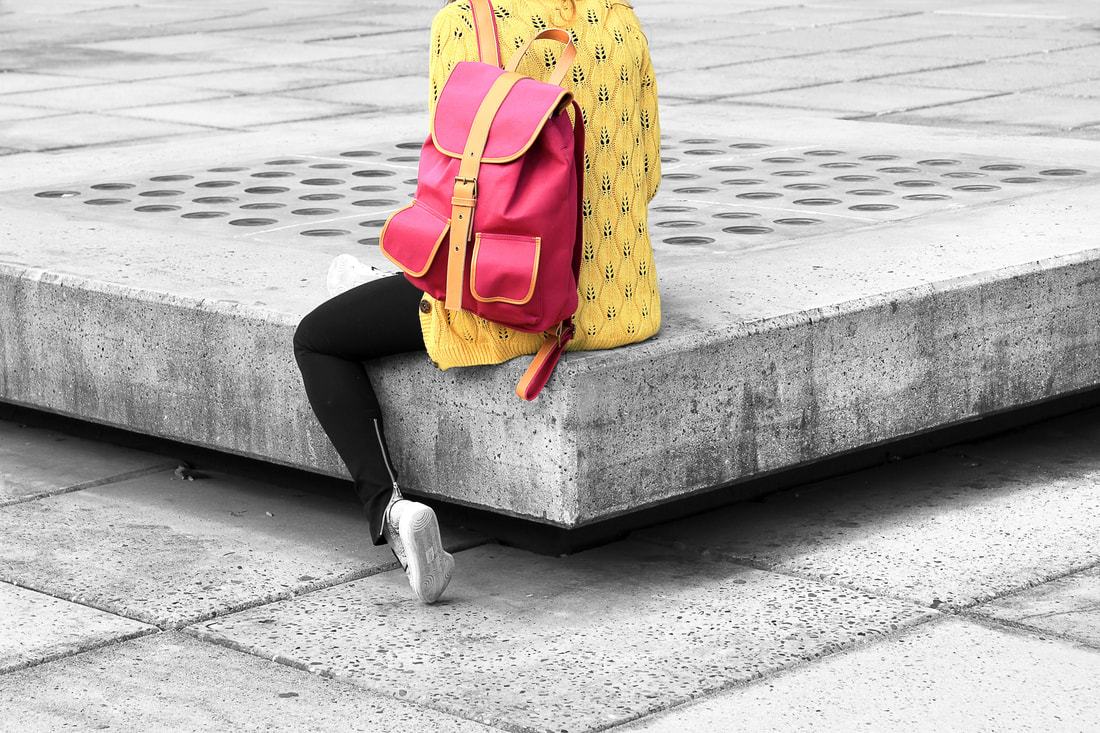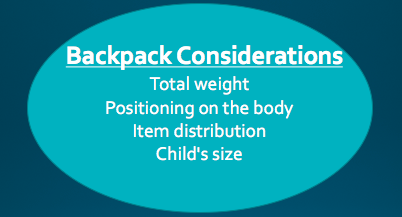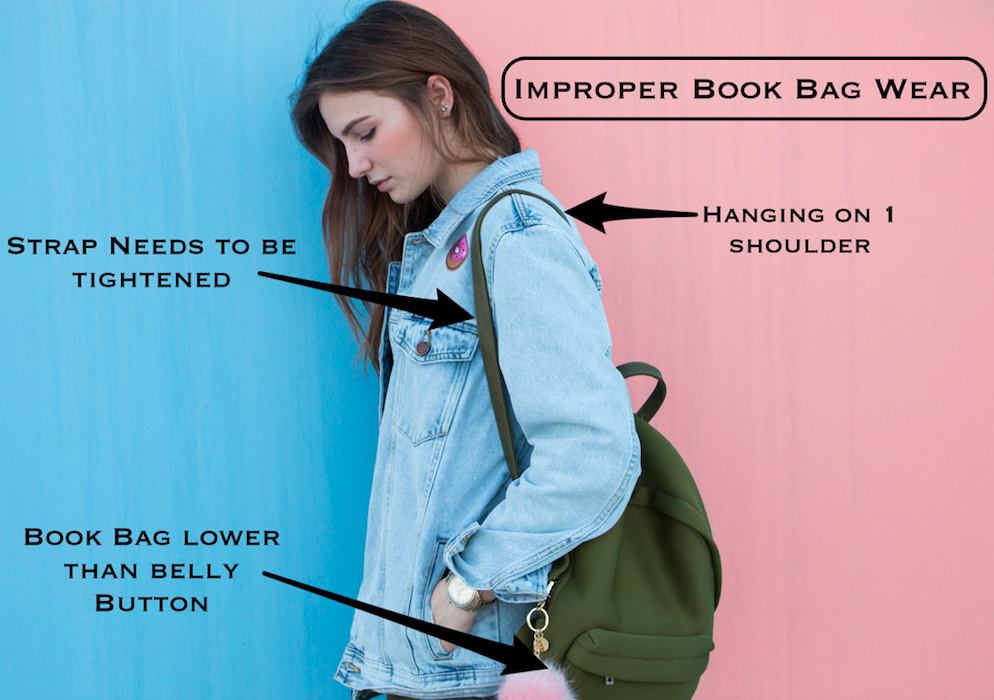The Warm-upEarlier this year, I started a personal challenge to deadlift 400# (lifting a weight from the floor to waist height). To accomplish this feat, I incorporated heavy leg training into my workout routines two to three times per week. Within weeks, I became significantly stronger, and after 30 days, I had increased my maximum deadlift by over 100 pounds. When training three times each week, I was often sore at the beginning of the workout. My muscles were rebuilding and adapting to new loads. For this reason, it was vitally important to warm-up my tissues prior to training. In this post, I discuss four of my favorite exercises that I routinely performed before weight training. While I use the deadlift as the example exercise, the exercises and principles apply to all lower body movements. Components of a Good Warm-upA proper warm-up has numerous health benefits:
Each of these benefits relate back to one primary purpose: injury prevention. Example Warm-up Routine 1Below are four warm-up exercises I performed prior to my deadlift routine.
Example Warm-up Routine 2While I regularly performed the four exercises above, I have also included another sample routine below. Incorporating full body movements such as squats, romanian deadlifts (RDLs), and treadmill jogging are great ways to raise core temperature and bring blood flow to the entire body. As individuals get older, the tissue become less pliable and less elastic. Warming up the bodies tissue prior to any strenuous exercise is important for injury prevention. Invest 5-10 minutes in a foundational warm-up routine- your workout will feel stronger and your body will thank you afterward!
Post written by: Dr. Jim Heafner PT, DPT, OCS Owner of Heafner Health Physical Therapy Boulder, Colorado
4 Comments
School is back in session! Are your children wearing their book bags safely?Summer is nearly over and your child is likely a few weeks into their fall semester of classes. During this time, parents must be aware of how their children's activity levels, postures, and habits change. Instead of spending hours outside playing each day, your child will likely be sitting in the classroom much more frequently. If they are required to wear a uniform, they may be wearing more restrictive clothes or shoes. Additionally, they will inevitably be carrying around a book bag throughout their day. While these changes are not inherently bad, simple tips and prevention can speak volumes for your child's spine and overall health. Book Bag ImplicationsIn 2013, there were >5,000 reports of backpack related injuries in the United States! Additionally, 1 in 4 children between the ages of 12-17 years old reported having back pain for >15 days in a single year. (1) Twenty-five percent is an alarming amount of low back pain in our adolescent population! While a book bag does not directly cause pain or disability, it can certainly lead to chronic postural problems, balance issues, and/or alter how your child naturally moves. "As a Doctor of Physical Therapy, the most common injury I see related to wearing a book bag is lower back pain or tension." Jim Heafner PT, DPT, OCS
Proper Book bag Wearing Tips1) Position the book bag between your shoulders and belly button. As you will commonly see, book bags often rest low onto a child's hips or buttock region. When the bag sits lower on the body, it can pull the child backward. This extra weight places stress across the child's low back, potentially causing low back tension or discomfort. Tightening the straps so that the book bag rests near belly button level helps distribute the weight near the center of mass. 2) Evenly distribute items in the bag with heavier objects toward the bottom of the book bag. Children often haphazardly stuff books, food, clothes, and more into their book bags. This method often leads to poor weight distribution of the objects in the bag. If the weight is not evenly distributed, certain regions of the body must work harder while carrying the bag. Overtime this can lead to asymmetries or extra stress placed across the body. 3) Avoid wearing the book bag on one shoulder. While it may look cool to sling the book bag over one shoulder, it is not the most practical option for carrying the bag. Not only is the one shoulder strategy inefficient, but constantly loading one shoulder can also create stress across the neck. At Heafner Health Physical Therapy, we suggest keeping the weight evenly distributed over both shoulders, especially if your child is wearing the book bag for long periods of time. 4) Bonus Tip. The book bag should only weight ~15% of the child's body weight. For example, if your child weighs 100#, they should have a 15# pack or less. Parental Homework1. Educate your child on proper back pack wear using the tips above! 2. The information is simple, but effective! Use this information to keep your child's back healthy and strong. 3. Remember, the backpack alone is not the problem. Your child's posture and daily habits will play a significant role in how they move and feel throughout the day. Movement is the key to longevity! ABOUT HEAFNER HEALTH Heafner Health Physical Therapy is owned and operated by Dr. Jim Heafner. His evidenced-based treatment approach is different than your average physical therapist. As a residency trained Orthopedic Specialist, Jim identifies the cause of people’s pain and symptoms. His treatments combine hands-on techniques (including soft tissue work and adjustments) as well as corrective exercises, with the goal of getting people back to the activities they enjoy most. Jim strongly believes that pain is not permanent, and everyone should have the opportunity to be strong and healthy throughout their entire life. Heafner Health is conveniently located inside RallySport in Boulder, Colorado. All treatment sessions are 1-on-1. We treat everyone from top athletes to weekend warriors. No doctor’s referral is required prior to evaluation! Stop managing your pain and start your path to wellness. Learn more at www.heafnerhealth.com -Jim Heafner PT, DPT, OCS Heafner Health Physical Therapy Boulder, Colorado References:
(1) Scolio Smart: https://www.treatingscoliosis.com/infographics/backpack-injuries/ |
Heafner HealthPhysical Therapy Archives
April 2024
Categories |





 RSS Feed
RSS Feed
